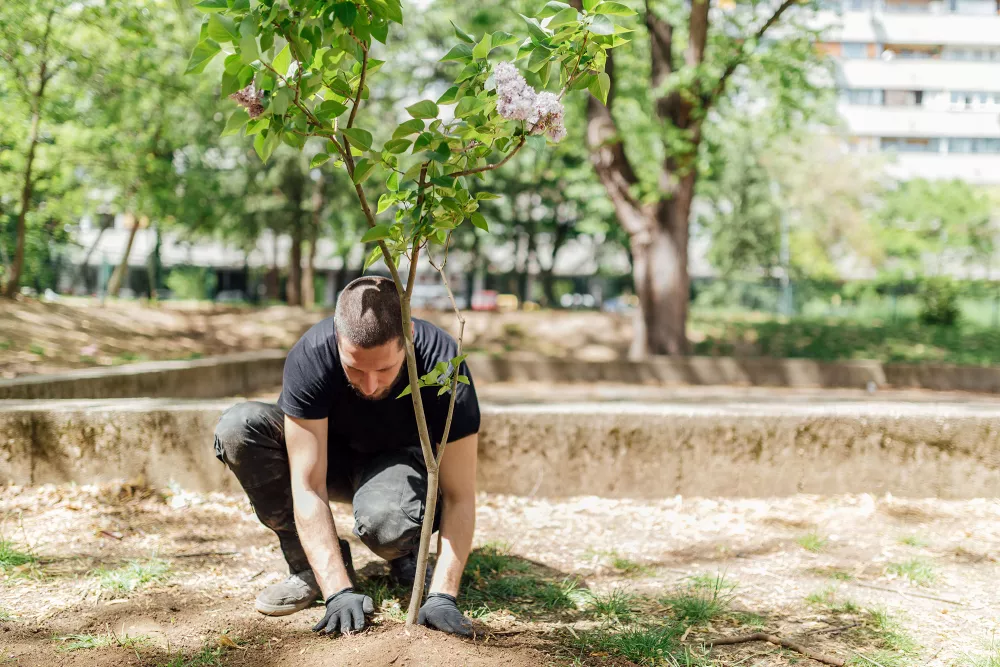Now live: The 2025 Canopy Report. Learn how Americans see trees. GET THE REPORT
Bulletin
Understanding Landscape Cultivars
“Performance” seems like a strange term to use with trees, but that is exactly what is expected when we plant along streets or in parks and yards. Cultivars help deliver what is needed, usually through genetic improvements. Through an understanding of cultivars, trees and planting sites can be better matched, more benefits can be derived from trees, and money can be saved by having a healthier community forest.

In recent years, we have occasionally received questions about promoting the planting of any tree not native to the planting site.
The position of the Arbor Day Foundation on this important point is that native trees are certainly the first ones to consider. However, today’s cities, full of concrete and buildings and people and cars, contain ecosystems that are often very different from native conditions. We need tree choices that work in urban ecosystems as they exist today — choices that include nonnative species and well-adapted trees if we are to have diverse, healthy community forests. While we encourage a high percentage of native species where they work best in urban settings, and natural preserves where possible to maintain diverse gene pools, we also recognize that landscape trees ought to join orchard and field crops in taking advantage of genetic technology that leads to improved performance.
As said so eloquently by tree expert Rick Henkel, formerly of Princeton Nurseries, “We are developing a whole palette of plant materials for landscape architects and others to use in the community.” From this palette, we can select not only for beauty, but for structural strength, pest resistance, drought tolerance, and other practical characteristics.
This issue is intended to help you better understand the fascinating world of cultivars and what they can do for you.
In This Bulletin
Here’s what’s inside:
- What Cultivars Can Do – how they can improve the urban forest in your community
- Some Basic Tree Terminology – understanding the industry language
- Where to Learn More – sources for more information about cultivars
- Cultivars for Every Situation – examples of cultivars developed for specific purposes
